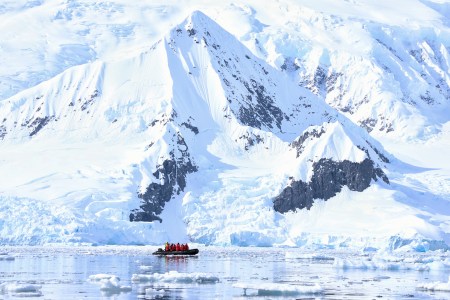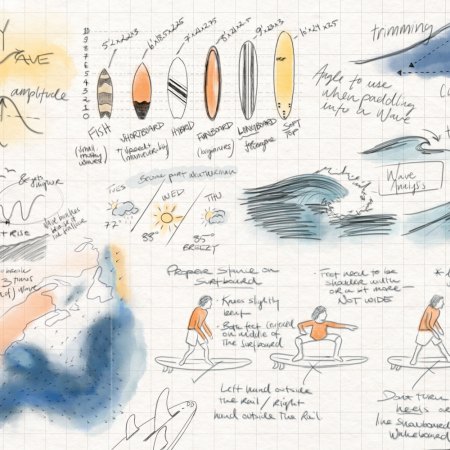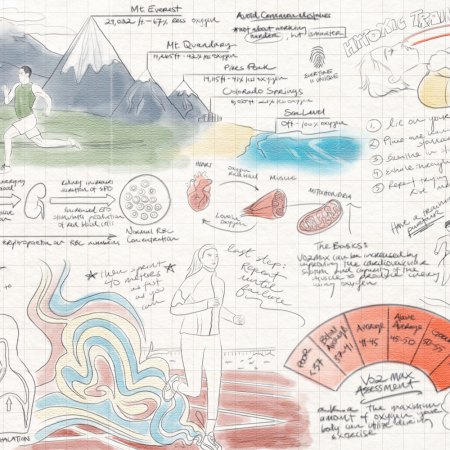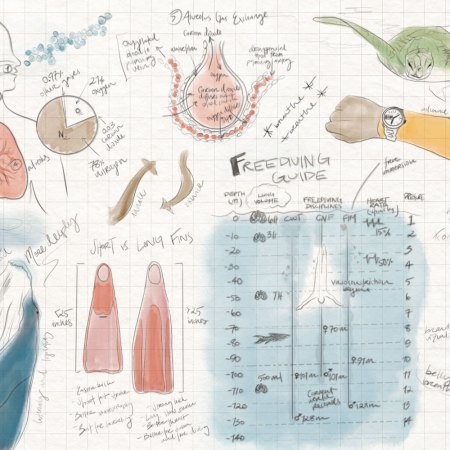This article is part of our brand-new Adventureland series, a collection of “how to” field notes from academic experts, modern explorers and endurance athletes throughout the world. From escaping bears to crossing deserts, they detail the joys of courting adventure — and their tips for surviving it.
Finding your way can be tough, especially in the literal sense — say, if you find yourself slightly off-grid in the middle of an ill-prepared camping trip. Or abandoned in a strange city, mid stag weekend.
Sound familiar? Well, with a few learnable skills there’s no longer any reason to panic because, as Tristan Gooley, the British explorer, author and navigation expert points out, “Navigators don’t get lost, they only become temporarily uncertain of their position.”
After a tear-away childhood spent leading friends up mountains at the age of 14, and rowing across pretty much any body of water in sight — he’s the only living person to have flown solo and sailed single-handed across the Atlantic — the now 51-year-old Gooley says he first realized his love for navigation in his mid-20s.
“When I see an unfolded a map or a chart rolled out on a table, I genuinely feel the dopamine and the synapses firing,” he says. “I’ve always been a bit of a rebel. There’s a practical and metaphorical aspect to navigation, and a map symbolizes this sense that instead of being told what to do and where to go, you can pick your own route.”
Gooley set about immersing himself in the techniques of navigation, turning theory into practice when he purposefully got himself lost in England’s 368-square-mile Dartmoor National Park in Devon at the age of 26. “The words ‘joy’ and ‘revelation’ are not too strong to describe the feeling of navigating my way out of there,” he says.
Today, he estimates that he has about 3,000 navigation techniques stored away in his head — some learned from the Tuareg, Bedouin and Dayak peoples in some of the most remote regions on Earth. All of this has helped him lead expeditions on five continents, including climbing mountains in Europe, Africa and Asia, and piloting small aircraft to Africa and the Arctic.
“Absolutely everything we observe is giving us a clue,” says Gooley. “There is nothing random out there, whether it’s a leaf, a plane, a cloud, or birdsong…there is a map and a compass.”
Not all of us live a life of adventure, but when a dodgy cell phone battery can leave us stranded, it still pays to know how to find our way. Like our seafaring ancestors, who relied on the stars for almost everything they needed to know, it makes sense to situate ourselves by looking up. Here, then, are Gooley’s stargazing tips to help you take the first step on your own journey home.
Seeking Shackleton’s “Little Voices” on a Two-Week Voyage to Antarctica
On a cruise with Abercrombie & Kent, our travel correspondent came face to face with towering icebergs, turbulent seas and the majesty of the White ContinentGet Your Bearings
First thing’s first: find the North Star. “It’s accurate to within one degree of true north,” says Gooley. “It’s actually more accurate than magnetic compasses, and it doesn’t move significantly in the night sky.”
The key is to find the Big Dipper, a group of three stars that make a “handle,” and four that make a trapezoid-shaped “cup.” The Big Dipper rotates anti-clockwise around the North Star, so if you draw a line up or down from the outermost stars of the cup, they’ll lead up to the North Star, which should always be the brightest star around.
Do Your Homework
“The stars rotate, but they remain constant relative to each other,” says Gooley. “If you think of the night sky as a series of shapes and patterns, it’s very like a map of the world. Just like you might be able to locate New York or Tokyo on a map, knowing the map of the constellations will help tell you where you are. Of course, this takes practice.”
Use the Law
You might not have learned the constellations before getting lost, but the North Star is easy enough to find. What else can you use?
“The next biggest thing that can help is light pollution,” says Gooley. “Big cities can be seen from 124 miles away. It’s actually easier to navigate with a little bit of light pollution because it blots out all but the brightest stars, which are the ones humans have been navigating by for thousands of years. If you’re in the middle of the Sahara Desert, looking at 3,000 stars, it can be difficult…but, ironically, it can be easier for a beginner learning to navigate in the countryside near their home.”
Gooley says that satellites like those from Starlink, however, don’t help. Just remember that satellites tend to move and stars don’t.
Look to the Clouds
Worried a cloudy night will ruin your changes of wayfinding? Don’t be.
“If you can see the North Star through a break in the clouds, then take note of which way the clouds are moving in relation to that. You now have three points on a compass,” says Gooley.
In the U.K., where Gooley lives, clouds are often moving west to east; so if you’ve been able to confirm this with the North Star star, you’ll still have that information even when the North Star disappears.
“You can also use the shape of the clouds,” adds Gooley. “Cumulus clouds — like the ones at the start of The Simpsons — form where something is causing the air to rise, be that towns, hills or woodlands. There are a lot of them over cities because cities are warm, even at night, and there are more of them over land than over ocean.”
Watch Out for Planes
If the stars fail you altogether, there are other objects in the night sky that can help set you on the right track.
“Plane travel direction depends on air traffic corridors,” says Gooley. “If you’re in the middle of the U.S., you’ll likely have planes flying in every direction, but watching their contrails can tell you which way they’re headed. If a plane is descending or rising, you at least know there’s an airport somewhere in that direction.”
In the U.K., contrails tend to run northwest to southeast, so that’s useful knowledge too. “Remember that airplanes are like birds, in that you can’t attach a lot of value to a single sighting,” he says. “You need to keep watching and build up the evidence.”
The Charge will help you move better, think clearer and stay in the game longer. Subscribe to our wellness newsletter today.


























